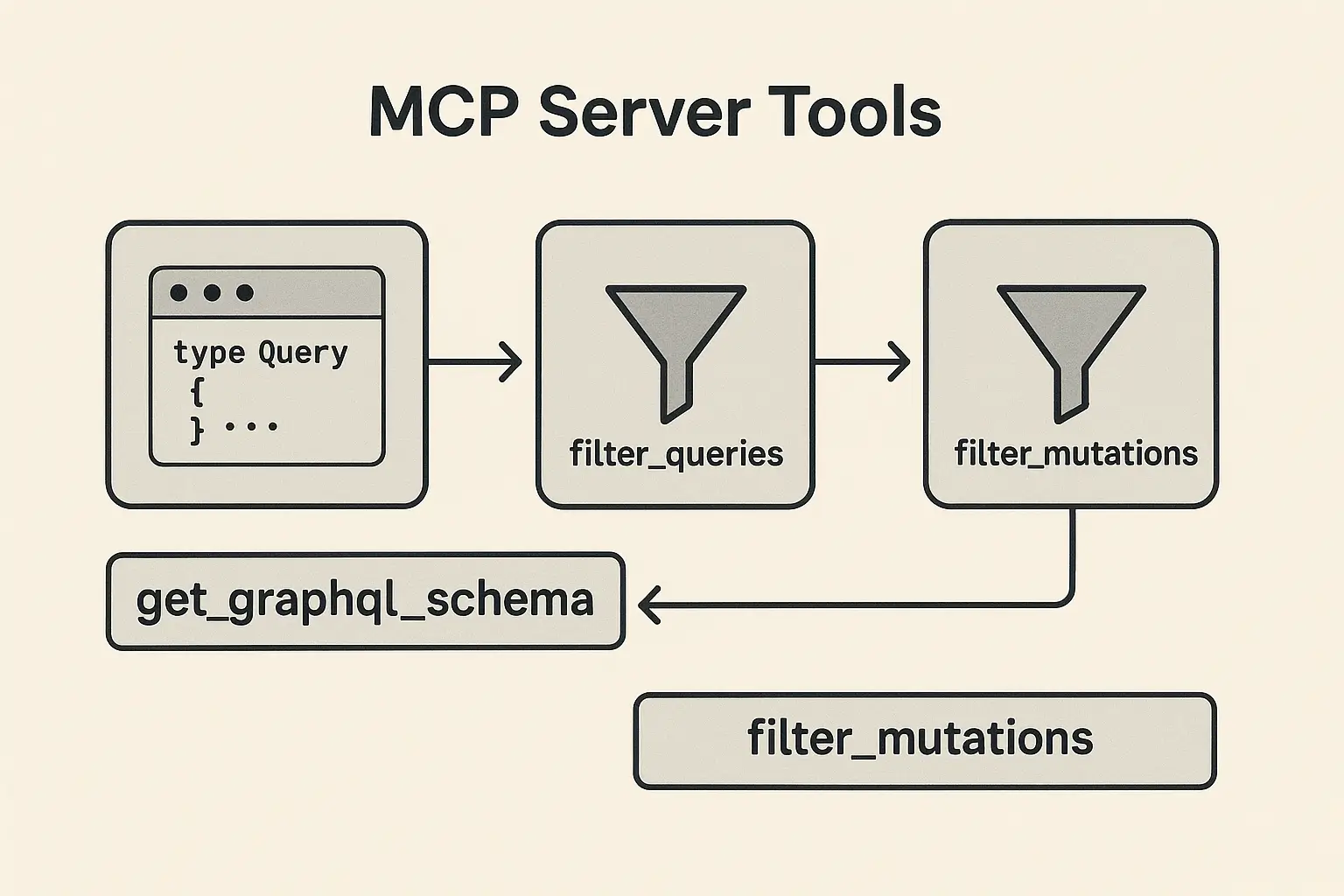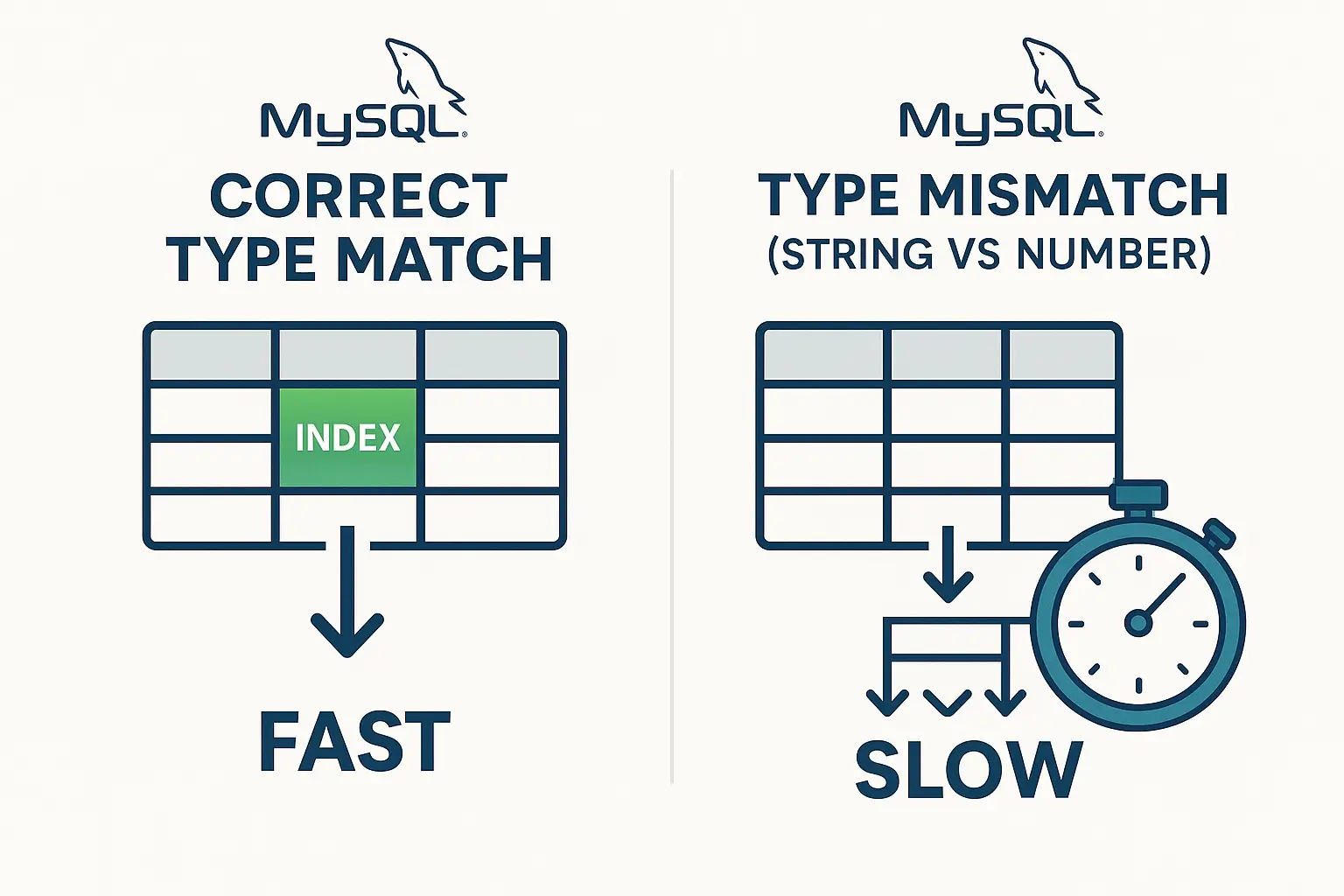Understanding MongoDB .hint() Method: How It Works and Its Importance in Query Optimization
In the world of database management, optimizing queries for performance is crucial. MongoDB, a leading NoSQL database, provides various tools to ensure that queries run efficiently, one of which is the .hint() method. In this blog, we’ll dive deep into how .hint() works in MongoDB, its role in query optimization, and why it is a valuable tool for database administrators and developers alike. We will also touch on its practical implications for search engine optimization (SEO) in data-driven applications.

What is MongoDB .hint()?
In MongoDB, .hint() is a method used to force the query to use a specific index rather than letting MongoDB’s query optimizer automatically decide which index to apply. Normally, MongoDB selects the most efficient index based on query statistics, but in some cases, its selection might not be the most optimal. The .hint() method allows you to manually direct MongoDB to use the index you believe is best suited for a particular query.
How MongoDB Chooses an Index (Before .hint())
Before understanding how .hint() works, it’s essential to know how MongoDB normally selects an index.
MongoDB uses a query optimizer to choose the most efficient index for a given query. It evaluates multiple factors, such as:
- Selectivity: How selective the index is (i.e., how many documents it will filter out).
- Complexity: The structure of the query, whether it’s using equality filters, range queries, or sorting.
- Query statistics: Historical data on query performance and index usage.
While this approach works in most scenarios, there are times when you, as the developer or DBA, know more about the context of the query than the optimizer does. For instance, in cases of poor index selection or complex queries involving multiple filters or sorting, MongoDB’s automatic choice might not be the best. This is where .hint() becomes useful.
How .hint() Works in MongoDB
The .hint() method gives control to developers by forcing MongoDB to use a specific index, overriding the automatic selection process.
Syntax of .hint()
db.collection.find(query).hint({ indexField: 1 })Where:
- collection: The MongoDB collection you’re querying.
- query: The filter conditions for the query.
- indexField: The field(s) that make up the index.
Example Scenario: Without Using .hint()
Let’s assume we have a users collection with fields such as name, email, and age. We have the following indexes:
{ name: 1 }{ age: 1 }{ email: 1 }
Now, if we perform the following query:
db.users.find({ name: "John", age: { $gt: 30 } })MongoDB will use its optimizer to decide which index to use. Let’s say it chooses the age index, as it thinks it’s the best match. However, you know from testing that using the name index yields faster query execution due to the high selectivity of the name field.
Using .hint() for Optimization
You can force MongoDB to use the name index instead of allowing it to choose the age index by using the .hint() method:
db.users.find({ name: "John", age: { $gt: 30 } }).hint({ name: 1 })In this case, MongoDB will be forced to use the index on the name field, which can result in better performance if it fits the query’s nature.
Composite Indexes with .hint()
In many cases, indexes in MongoDB can be composite, meaning they involve more than one field. Here’s an example where you have a composite index on both name and age:
db.users.createIndex({ name: 1, age: 1 })You can use .hint() to enforce this composite index on the query:
db.users.find({ name: "John", age: { $gt: 30 } }).hint({ name: 1, age: 1 })This way, MongoDB uses both name and age in the index scan, potentially making the query more efficient.
When and Why You Should Use .hint()
1. Improving Query Performance
When MongoDB’s automatic index selection isn’t optimal, .hint() lets you fine-tune query performance. It’s particularly useful when you’ve noticed that the query is taking longer than expected because the database is using a less optimal index.
2. Testing Indexes
If you’re evaluating the performance of different indexes, .hint() allows you to test which index provides the best result for specific queries. This is extremely useful in performance tuning when designing new indexes or optimizing existing ones.
3. Query Optimization in Complex Queries
For complex queries involving multiple fields, sorting, or aggregations, MongoDB might not always choose the best index. In these cases, .hint() provides more control over how queries are executed.
4. Avoiding Expensive Queries
Sometimes MongoDB will choose a query plan that ends up being expensive (in terms of CPU and memory) because it assumes an index will work well, but that isn’t the case. With .hint(), you can avoid these expensive queries by enforcing the index you know will perform better.
Practical SEO Implications
In a data-driven world where search engine optimization (SEO) plays a key role, optimizing query performance with .hint() becomes essential for certain types of applications. Here’s how:
1. Faster Response Times for Search Engines
When using MongoDB for backend services or content management systems, slower query response times can negatively impact user experience and search engine crawl efficiency. By using .hint() to optimize slow queries, especially those that drive high-traffic areas (like search results or content listings), you can enhance the speed at which pages are delivered to both users and search engines.
2. Optimizing Long-tail Queries
In websites with a lot of content, such as blogs or e-commerce platforms, long-tail queries (queries targeting less common, more specific terms) are common. These queries can sometimes cause MongoDB to misjudge index selection. By using .hint() to optimize such queries, you ensure that long-tail content is delivered faster, improving both user experience and your SEO rankings.
3. Indexing Large Data Sets
For applications with large datasets, such as search engines or data analytics platforms, efficiently querying data is crucial. Slow queries can lead to poor performance, higher server costs, and even search engine ranking penalties. By using .hint() to enforce the right indexes for critical queries, you can improve performance at scale and maintain a fast, SEO-friendly website.
Best Practices for Using .hint()
- Monitor Query Performance: Use MongoDB’s
explain()method to analyze the query execution plan and determine if MongoDB is choosing the best index. If not, consider using.hint()to override the choice. - Test Different Indexes: If you’re unsure which index is best for your query, test performance with different indexes using
.hint()and measure the results. - Use Composite Indexes: Where possible, create composite indexes and use
.hint()to ensure multiple fields are considered in a single query execution plan. - Avoid Overusing
.hint(): While.hint()is powerful, overusing it can lead to hardcoded queries that might not adapt well to future data changes. Use it only when necessary.
Conclusion
MongoDB’s .hint() method is a powerful tool for query optimization, giving developers the ability to enforce specific index usage for complex queries. By understanding when and how to use .hint(), you can improve performance, reduce query costs, and ensure that your applications remain fast and efficient. This is particularly valuable for SEO-driven sites, where query performance can directly affect rankings and user experience.
Optimizing your MongoDB queries with .hint() is not just about faster response times—it’s about creating a scalable, efficient system that meets the demands of modern, data-driven applications.





